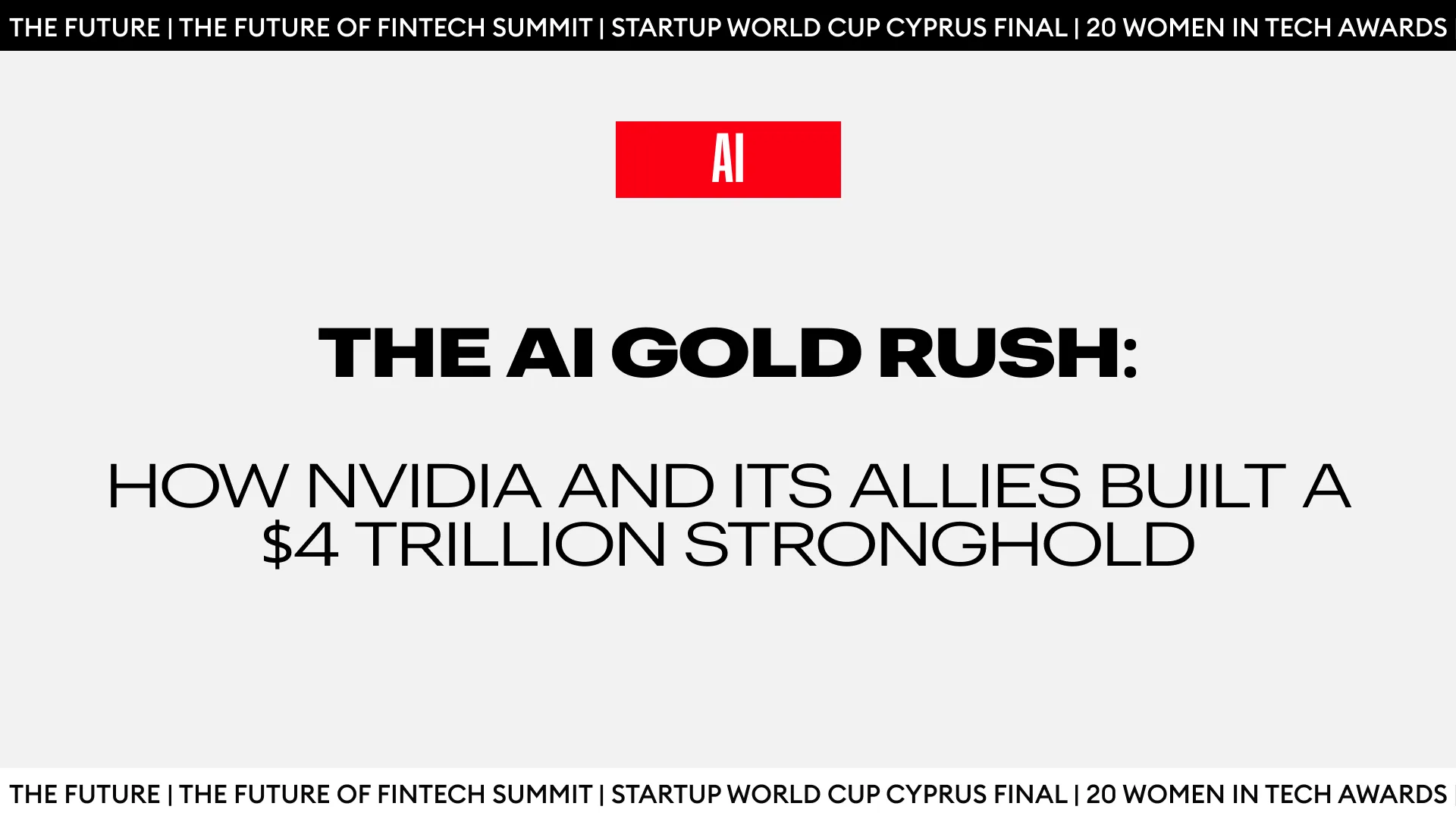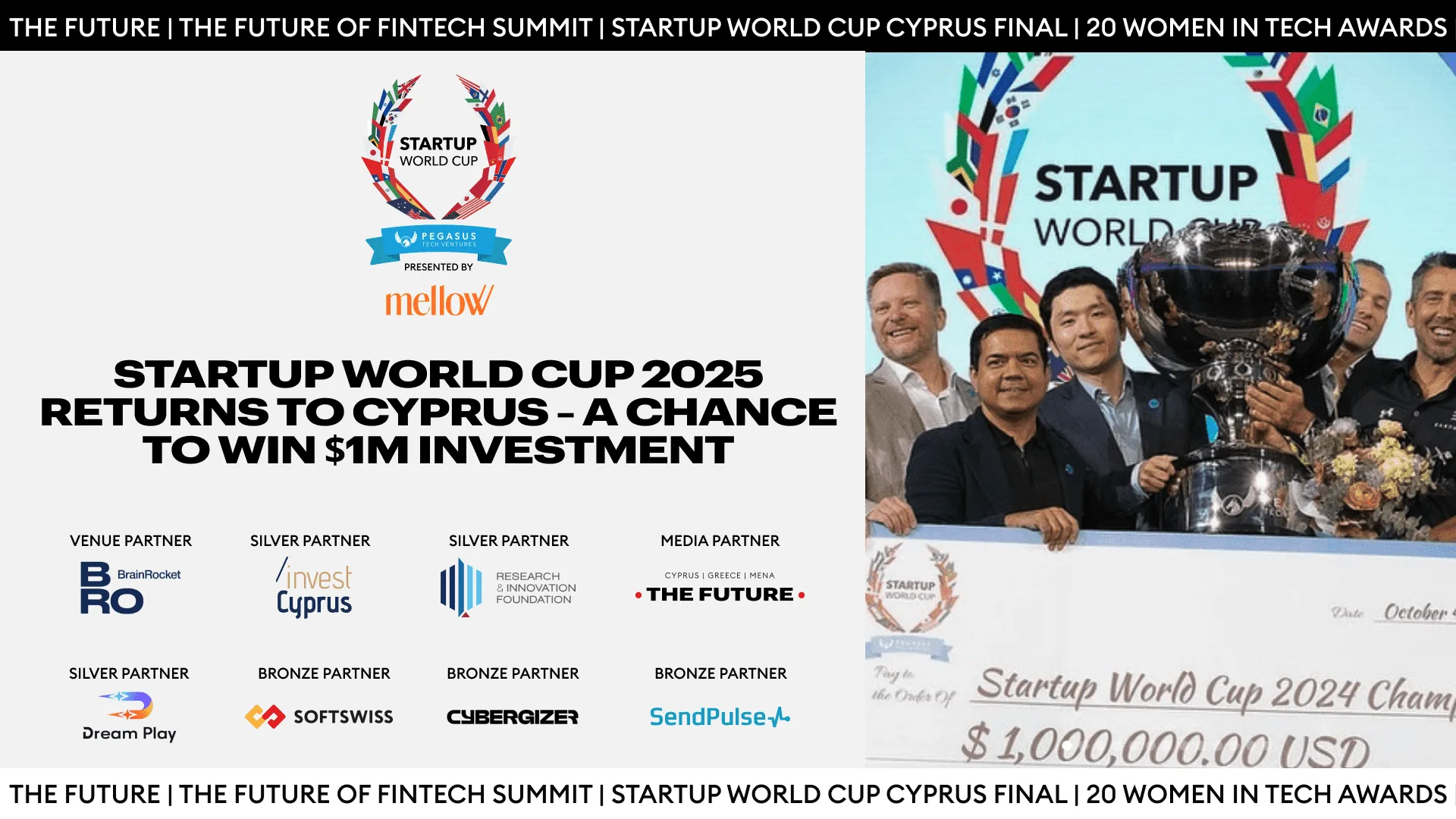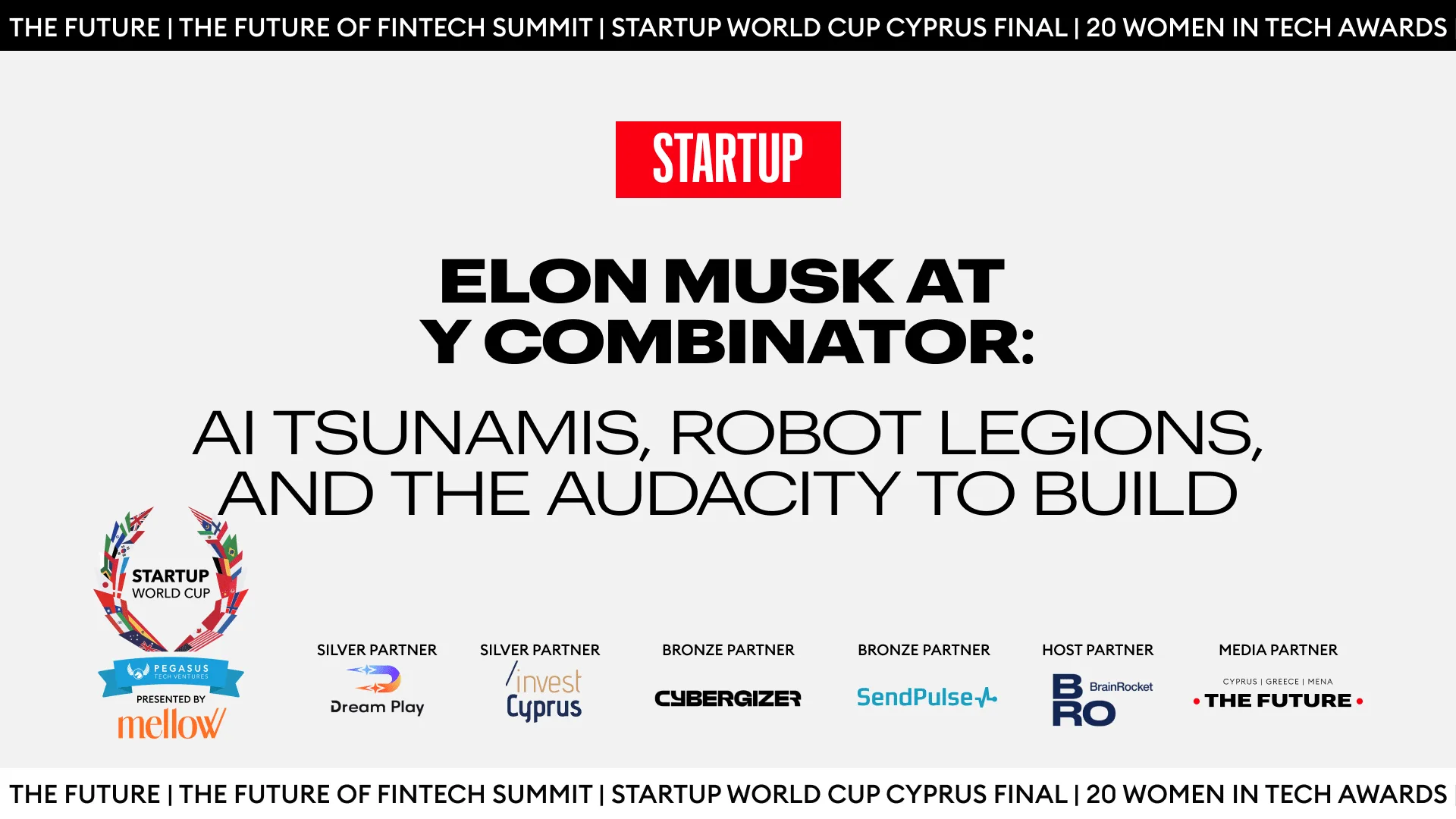Since ChatGPT’s debut, a handful of companies have tightened their grip on the AI chip market, amassing unprecedented power and wealth. At the heart of this dominance is Nvidia, which supplies about 92% of the AI accelerators fueling chatbots and machine learning models worldwide. But Nvidia doesn’t operate in isolation—it depends on three crucial partners: South Korea’s SK Hynix, Taiwan Semiconductor Manufacturing Co. (TSMC), and ASML Holding NV of the Netherlands. Each of these companies holds a near-unassailable position in its respective niche, forming the backbone of AI’s supply chain.
Historically, such market dominance might have triggered antitrust scrutiny. But in the tech world, monopolies often emerge as a byproduct of groundbreaking innovation and economies of scale. From mainframes to web browsers, search engines to mobile software, industry titans have historically solidified their lead through sheer technological advantage rather than regulatory barriers. The question now is whether AI will follow the same trajectory—or if a disruptive shift will upend the current hierarchy.
Follow THE FUTURE on LinkedIn, Facebook, Instagram, X and Telegram
The $4 Trillion AI Empire
Together, Nvidia and its three key partners boast a combined market valuation exceeding $4 trillion as of mid-March. Nvidia alone accounts for 6% of the S&P 500, while TSMC and ASML have become the most valuable companies in their home countries. These sky-high valuations hinge on the belief that their stranglehold on AI hardware will endure for years to come.
Yet the AI revolution remains volatile. Competitors are pouring billions into R&D, hoping to challenge Nvidia’s dominance with faster, more efficient chips. Will Nvidia and its allies maintain their edge, or are they destined to be dethroned by the next breakthrough?
How Nvidia Became Unstoppable
For years, Nvidia was best known for powering video games. Its graphics processing units (GPUs) rendered lifelike images for titles like Call of Duty, using parallel computing—a technique that later proved essential for deep learning. A pivotal moment came in 2016 when CEO Jensen Huang supplied OpenAI with a batch of $129,000 GPUs, setting the stage for what would become the AI revolution.
But Nvidia’s real moat wasn’t just hardware—it was software. The company had developed CUDA, a proprietary programming language that became the industry standard for AI computing. As researchers and engineers flocked to CUDA, alternative chipmakers struggled to gain traction. Even giants like Intel and Google failed to break Nvidia’s grip.
This dominance reached new heights on March 18, when Huang unveiled Nvidia’s latest suite of AI chips and software, branding it the “operating system of an AI factory.”
The AI Supply Chain: Who Does What?
To function, Nvidia’s GPUs require ultra-fast memory chips—an area controlled by SK Hynix, which commands roughly 80% of the high-bandwidth memory (HBM) market. The Korean firm surged ahead in 2019 with a breakthrough packaging method that prevented overheating, leaving rival Samsung scrambling to catch up.
But Nvidia doesn’t manufacture its chips. That task falls to TSMC, the undisputed leader in semiconductor fabrication. The Taiwanese company perfected the foundry model—building chips to spec for clients like Apple, AMD, and Nvidia. Despite aggressive investments from Intel and Samsung, TSMC still produces 99% of the world’s AI accelerators.
Perhaps the most indispensable player in the AI supply chain is ASML. The Dutch firm is the sole manufacturer of extreme ultraviolet (EUV) lithography machines—the behemoth devices required to etch advanced semiconductor circuits. Each machine costs around $380 million, and no competitor is anywhere close to replicating ASML’s technology.
Are These Companies True Monopolies?
By any traditional measure, yes. A market share exceeding 70% with significant barriers to entry fits the definition of a monopoly. And these companies are certainly flexing their pricing power: Nvidia’s high-end GPUs have surged to as much as $90,000, while SK Hynix and other component suppliers have also raised prices due to limited competition.
Financially, the impact is staggering. Nvidia’s gross margin—how much revenue remains after production costs—has soared beyond 70%, a figure rarely seen even in high-margin tech sectors. Its nearest rival, AMD, lags far behind at 50%. For now, Big Tech firms like Microsoft, Google, and Amazon are absorbing these costs to maintain their AI arms race. But how long will they tolerate Nvidia’s pricing power before seeking alternatives?
The Race To Break Nvidia’s Grip
Despite Nvidia’s dominance, its biggest customers are actively working to reduce their reliance. Amazon is developing its own AI chips, Microsoft is backing AMD’s expansion into AI accelerators, and OpenAI has reportedly sent chip designs to TSMC for production—an explicit move to sidestep Nvidia.
Even within Nvidia’s supply chain, power dynamics are shifting. SK Hynix enjoyed a near-monopoly on the most advanced HBM3E memory in 2024, but competition from Samsung and Micron is heating up. With multiple suppliers now in play, Nvidia has more leverage to negotiate pricing, preventing SK Hynix from exerting unchecked control.
Will These AI Monopolies Last?
If history is any guide, tech monopolies tend to be remarkably resilient. IBM dominated mainframes for decades. Microsoft and Intel controlled PCs for years. Google has owned search for over two decades. While regulators and competitors occasionally disrupt industry leaders, innovation is usually the ultimate game-changer.
BlackBerry and Nokia were seemingly untouchable—until Apple’s iPhone arrived. Microsoft’s tight grip on computing waned as mobile and cloud computing took over. The AI giants of today may be entrenched, but disruption is always lurking around the corner.
For now, Nvidia, SK Hynix, TSMC, and ASML are riding an AI gold rush unlike anything before. Whether they can maintain their stronghold depends on how quickly the next wave of innovation arrives—and who seizes it first.









